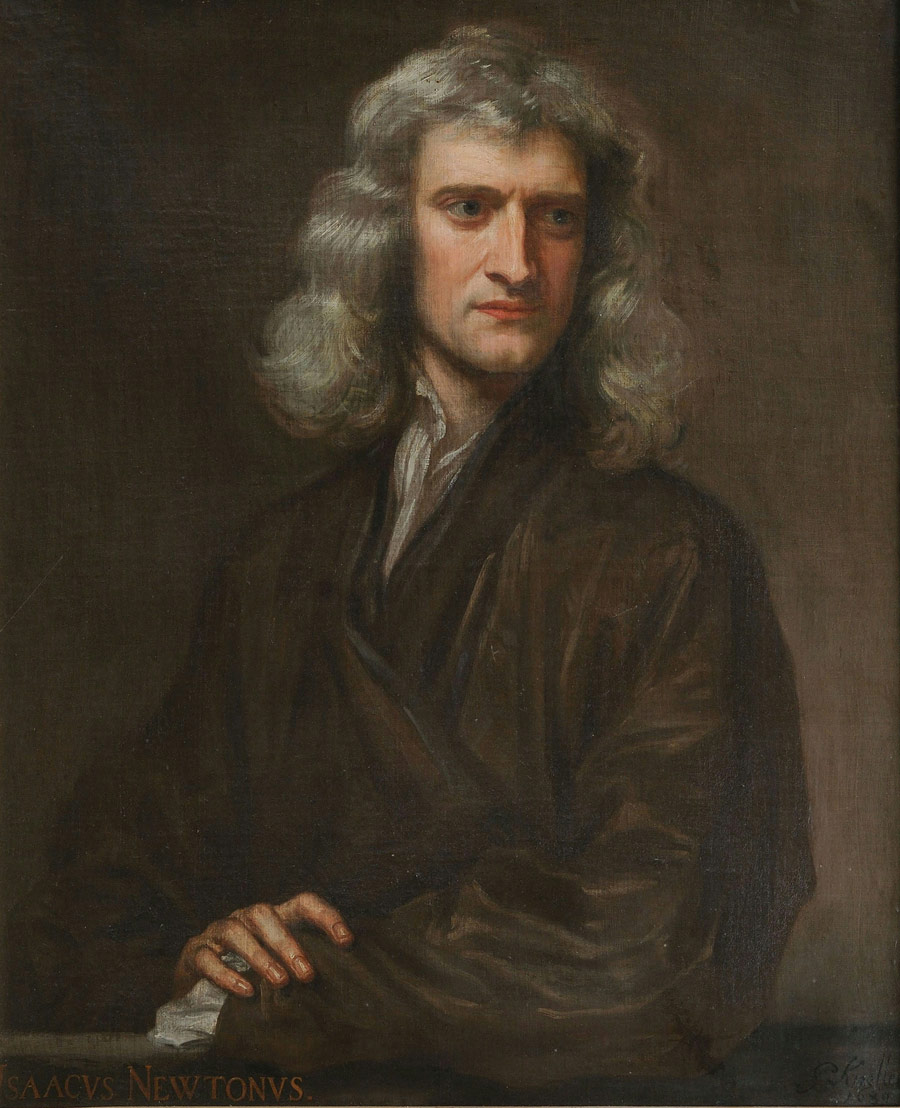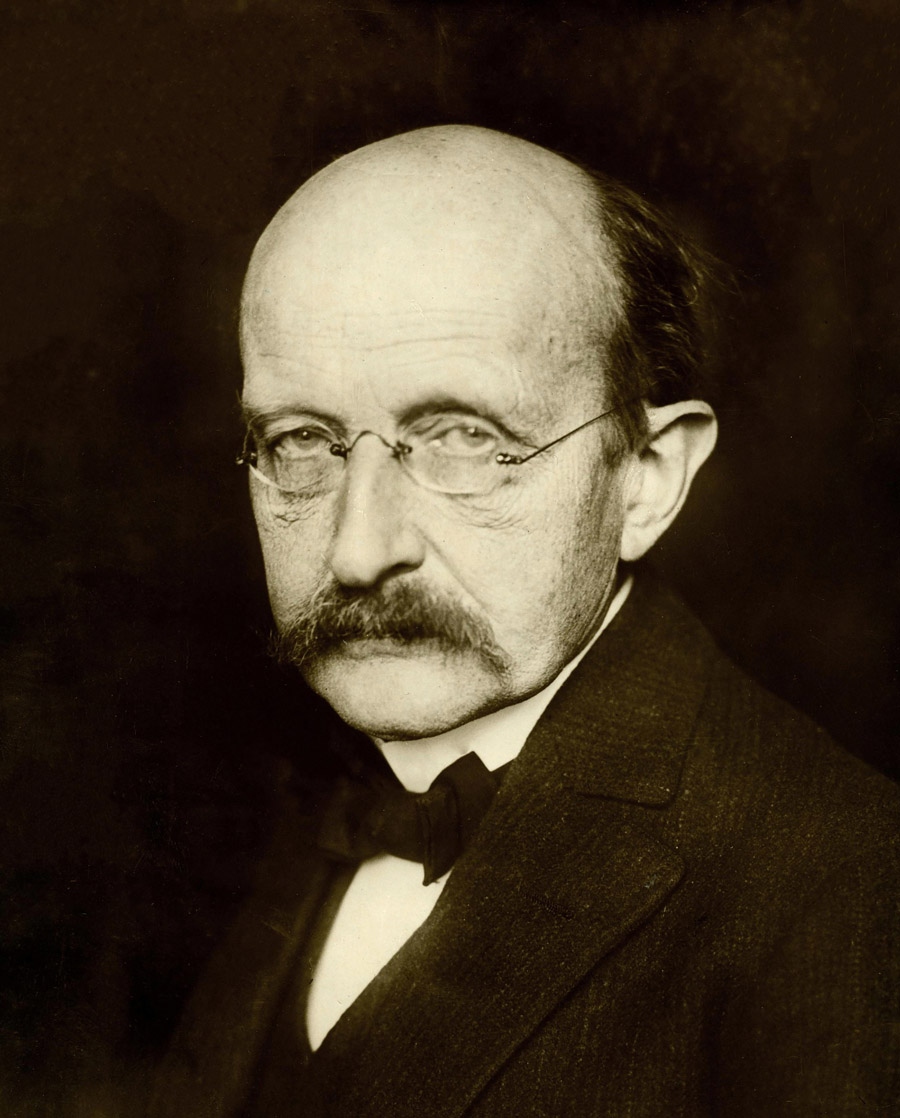Theory and Experience: Assessing the methodology of physics
The relationship between theories and experiments is a central concept in physics, providing a robust basis for the sum of our knowledge of how the universe works. Yet despite its immense importance, there are still several key aspects of the relationship which physicists can’t agree upon – leading to deep-rooted disputes within the wider research community. In his essay, Theory and Experience, from his book Physical Reality – Construction or Discovery? (2021), Dr Michael Grodzicki at the University of Salzburg summarises the important contributions he has made towards resolving these issues – presenting valuable guidelines for appropriate methodologies in physics.
To understand more about the world around them, physicists in a broad sense pursue two complementary approaches. Firstly, they carry out experiments where they investigate real physical systems – with the aim of collecting information as comprehensive and detailed as possible. Secondly, based on the language of mathematics, they construct theories – with the aim of elaborating the fundamental structures of reality.
These two branches of research may take entirely different approaches and methods, but they are far from separate from one another. In reality, the outcomes of experiments can provide important guidance to theoretical physicists; in turn, theories can help experimentalists to extend and improve their methods, and to better interpret and predict results. Ultimately, this relationship is a fundamentally important aspect of our ability to gain secured knowledge about the physical world, and to build robust aims and methodologies within the wider field of physics.

All the same, the relationship itself is not easy to define, as it can neither be constructed inductively from experiments, nor deductively from theory. Ultimately, this means that experiments and theories together still cannot give us all of the information we need to fully understand how the universe works. In his essay, from his book Physical Reality – Construction or Discovery? (2021) summarising lectures and seminars he has given on the topic dating from 1982, Dr Grodzicki provides his expert perspectives on how these issues can be resolved.
Consistent adjustment
As Dr Grodzicki describes, the relationship between experiment and theory can only emerge through a third approach to the methodology of physics, named ‘consistent adjustment’. The need for this approach stems from the fact that the relationship between theories and experiments is far from being unequivocal. On the one hand, this means that regardless of the methods they use to observe the physical world, there will always be multiple ways for physicists to interpret their results. On the other hand, since the real world is inherently unpredictable, any predictions made using physical theories can never be definite and completely accurate.
The outcomes of experiments can provide important guidance to theoretical physicists; in turn, theories can help experimentalists to extend and improve their methods.
This is where consistent adjustment comes in. In physics methodology, to carry out experiments necessitates instruments in order to assess the validity of results from a particular theory. Through consistent adjustment, these instruments are designed based on previous knowledge from a particular theory – extending and improving the quality of experimental methods in turn. Ultimately, this unifying approach emphasises the multifaceted interactions between theory and experiment, establishes the empirical content of a theory, and provides physicists with a more robust methodology for obtaining secured knowledge.

Altogether, this approach represents a three-step framework, where knowledge is first acquired through experimental methods, then put into orderly structures using theoretical methods, before finally being secured through consistent adjustment. To demonstrate the deep-rooted significance of this approach, Dr Grodzicki presents a wide variety of examples in his essay: from the conception of the mechanical law of inertia, as first expressed by Newton; to analysis of the radiation law derived by Max Planck, which marked the beginning of quantum theories.
Disputing conclusions
Despite the widespread success of the consistent-adjustment methods, there are still several aspects of the relationship between theory and experiments which highlight entrenched disagreements within the wider physics community. An essential part of the relationship is the concept of physical laws. Whether used to describe quantum mechanics or classical motions, laws emerge through the deduction of statements about the nature of reality, and subsequent experimental findings which broadly align with those statements.
Despite their paramount importance to our understanding of the world around us, physicists still haven’t reached any broad consensus about the nature and function of physical laws themselves – or even how they should be implemented in physics methodology. A broad spectrum of viewpoints is now reflected in this debate. On one end, researchers argue that physical laws are a part of nature: objectively true statements that are baked into the inner workings of the universe.

On the other end, they argue that physical laws aren’t natural at all, but are constructs of human minds, created as we aim to make the best sense we can about the outcomes of our theories and experiments. So far, neither of these viewpoints have been shown conclusively to offer a more robust interpretation than the other – presenting a key challenge to explanations of the relationship between experiment and theory.
A precise definition
To break this deadlock, Dr Grodzicki presents a precise definition for the concept of physical laws: that they are mathematically expressed relations between physical quantities. In other words, they describe how a variation in one or more aspects of a physical system will lead to variations in other aspects of the system in turn. On top of this definition, Dr Grodzicki identifies three key attributes shared by all physical laws.
Firstly, laws rest upon the decomposition of an observable phenomenon into a general part, viz. the physical law, and contingent conditions such as system-specific parameters and initial or boundary conditions. Secondly, laws are exactly valid only for model systems that are non-existent in the sense that they are not part of the real world. These theoretical descriptions only account for variations in a certain set of physical quantities, without considering other aspects of the outside world – which may not influence the system significantly, but are nonetheless always present. Thirdly, despite this inherent limitation, a law is associated with the claim to correspond to an actual structure of reality – so that the results of any robust experiment must always resemble the predictions of relevant theories, even if their predictions aren’t exact.

Altogether, this definition demands that as statements integrated into physical theories, laws are inherently conceptual constructs, albeit not freely invented. For this reason, they must be strictly distinguished both from experimentally derived rules or correlations, and from the observable regularities that may indicate the existence of a law-like relation but are not identical to the law itself.
The ‘metaphysical’ belief in the strict validity of physical laws provides the most efficient and constructive approach to gain substantially new knowledge.
Removing discrepancies
Another important feature of the relationship explored by Dr Grodzicki is the reaction to inherent discrepancies that arise between theoretical results and experimental data. In order to gain and secure knowledge, it is crucial for researchers to assess these differences in detail, and then develop robust techniques for removing them. In doing this, physicists have several different techniques at their disposal, including analysis of the limitations of their experimental practices and instrumentation.
Philosophy of science offers several approaches when it comes to assessing and handling such discrepancies. One approach, relying on direct perceptions and observations and rejecting the decomposition into general and contingent parts as theoretically biased, arrives at the conclusion that all physical laws are valid only with a certain probability. In another approach (‘critical rationalism’), resting on the erroneous belief that physical laws are falsifiable by experiments, discrepancies are rated as falsification, which should lead to the rejection of the law. The alternative approach, pursued in physics and denoted as ‘metaphysical reaction’, is centred on the belief that physical laws are strictly valid. By means of representative examples, Dr Grodzicki shows that this is the most efficient and constructive method for arriving at new knowledge and for solving particular problems. Accordingly, this approach provides the most appropriate tool for eliminating discrepancies between theory and experiment.

Clarifying the aims of physics
Through his explorations of consistent adjustment methods, robust definitions for the concept of physical laws, and techniques for dealing with discrepancies, Dr Grodzicki aims for a more unified conception of the relationship between theory and experiment within the wider physics community. If this is achieved, he ultimately hopes that the overall aims of physics, viz. gaining, structuring, and securing knowledge about reality, could become more transparent, and free from conflict over how important aspects of the nature of research should be viewed. In turn, this may lead to a more reliable basis for gaining and securing knowledge about the nature of the universe.
Personal Response
How is the relationship between theory and experiment exemplified by Newtonian mechanics?
Newtonian mechanics rests crucially on the detachment from direct experiences and observations. Newton’s first law, for example, is at variance with the direct experience that on Earth every moving body comes eventually to rest. Newton’s second law is a symbolic representation without direct connection to experiments. In order to establish this connection, firstly, an expression for the force (‘force law’) must be assumed. Secondly, the contingent conditions, ie, values of the system-specific properties and initial conditions, must be specified in accordance with the relevant experimental design. All this together enables the derivation of observed trajectories and other experimentally comparable data.